Framlingham |
A quaint Suffolk market town with an imposing castle |
|
An Introduction to Framlingham in Suffolk |
In the mid-16th century, Henry VIII's eldest daughter sat in a Suffolk castle, waiting to find out if she was to become Queen. The previous monarch, Edward VI, had just died, and his followers were trying to exclude her from the line of succession. She began to gather an army of supporters around her. In just a few short days the rebellion had been crushed, and she was sitting on the throne. Her name was Mary I, Queen of England and Ireland. The aspiring monarch's Suffolk headquarters was Framlingham Castle.
 |
Great dog walks can be found around the outside of the castle and around the mere. |
 |
There is plenty for children within the castle, including free story reading sessions (seasonal). |
|
Framlingham Street Map |
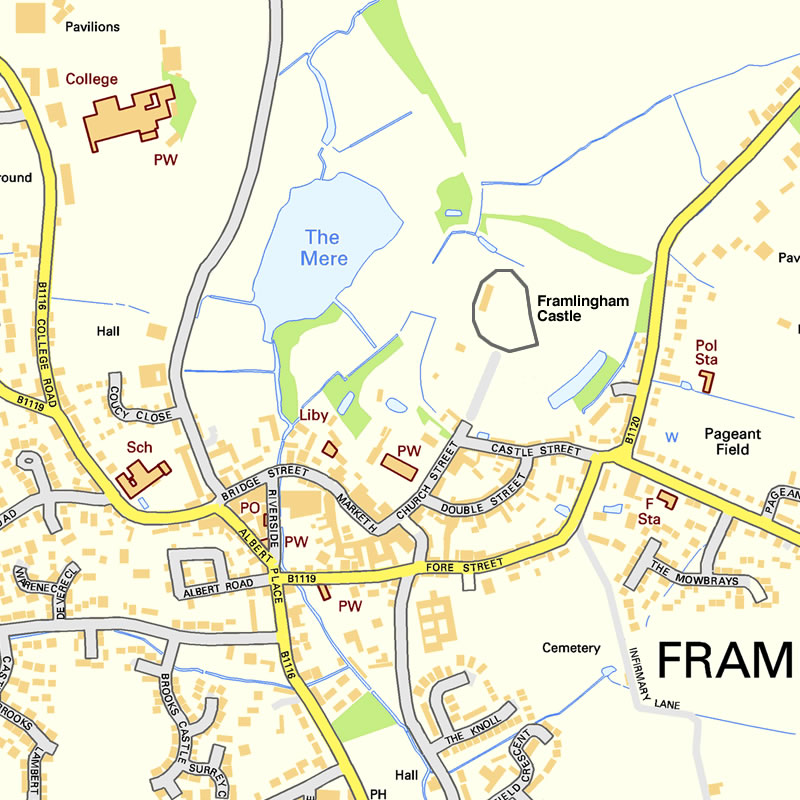 |
Framlingham Guided Picture Tour |
We start our tour of Framlingham at Framlingham Castle, a 12th century building of an immense scale. It's surrounded by a huge curtain wall, 13 metres high and 2.5 metres thick. The structure is broken up by 13 imposing towers, 12 of which are still standing. This was East Anglia's very first castle of its type, and it was immensely difficult to conquer. Visitors can walk around the entire castle, both outside and inside - along a path taking you around the curtain wall and offering great views of the castle and mere. A museum inside the castle informs visitors of it's history and of the period the castle was deployed as a defensive building. The castle is managed by English Heritage and is open to visitors most days. |
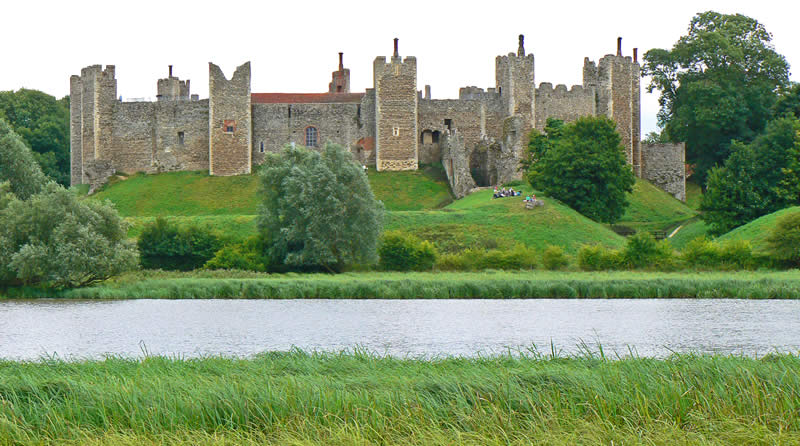
Framlingham Castle as viewed over the Mere |
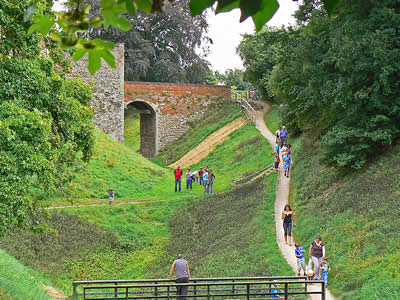
Visitors walking around the moat of the Castle |
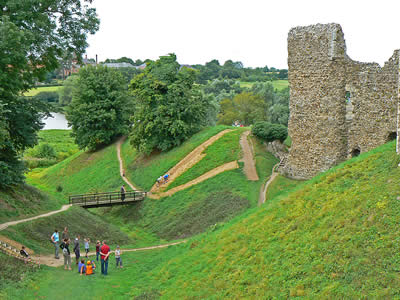
Walking around the outside of Framlingham Castle |
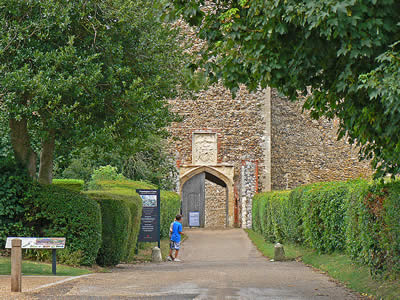
The drive leading to the Castle entrance |
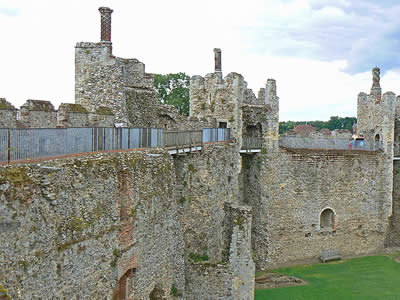
The Curtain Wall at Framlingham Castle |
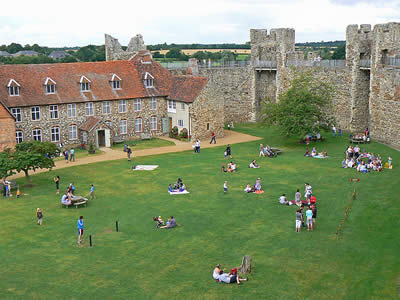
Inside the Curtain Wall of the Castle |
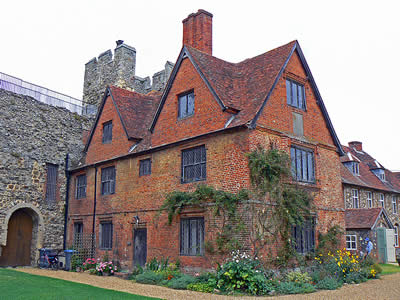
The Poor House situated within the castle |
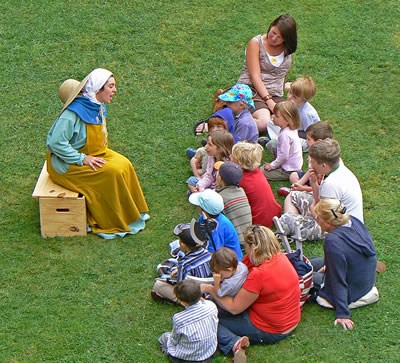
Story telling on the castle lawn |
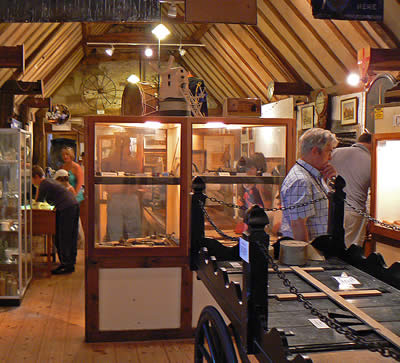
The Lanman Museum, located in the castle |
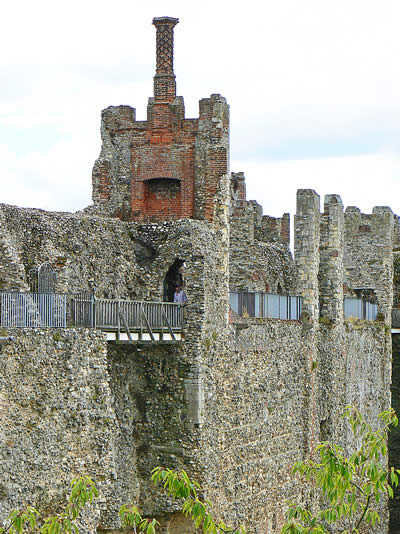
One of the remaining Castle Towers |
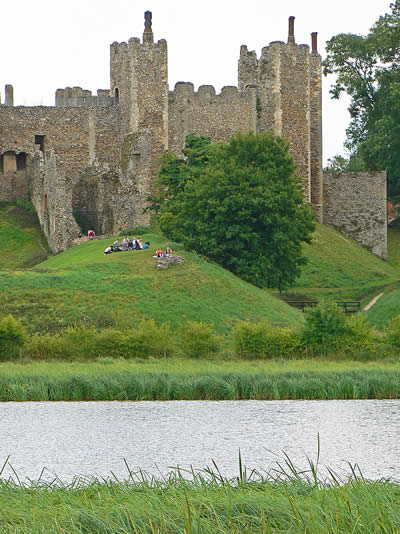
Framlingham Castle and Mere |
If you look out from the west side of the castle walls, you can gaze over the 33 beautiful acres of Framlingham Mere. It's run as a nature reserve by the Suffolk Wildlife Trust. There are around 80 species of birds, and nearly 300 species of plant. The fauna can be appreciated via a walkway that loops around the lake. Once, the mere was deeper, and ships were able to sail across it. The waters have since silted up and become shallow, but the Trust are working on restoring that depth. Across the Mere from the Castle is the imposing Framlingham College, founded in 1864 under Royal Charter in memory of Prince Albert, the husband of Queen Victoria. He was a keen supporter of education, science, technical and business education. His statue stands in front of the College which today is a centre of all round academic excellence and enjoys a fine reputation as a fully co-educational school with both boarding and day schooling. |
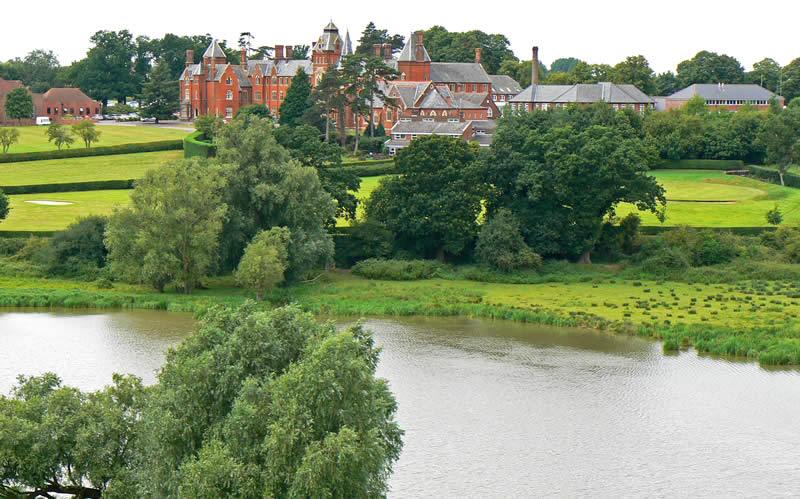
Framlingham College and Mere |
Framlingham consists of its shops and houses, in a variety of styles and histories, reflecting the town's journey through time. In the Victorian era this was a busy and fashionable place, with amenities like theatres, and services like surgeons. Today, these things are easily accessible in other towns, so Framlingham has reverted back to its original status as a quiet castle town. |
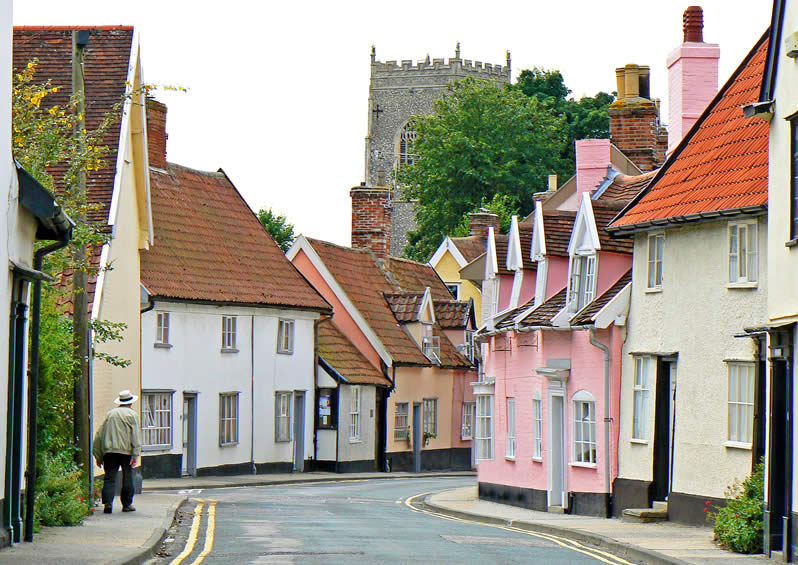
Framlingham Town Centre |
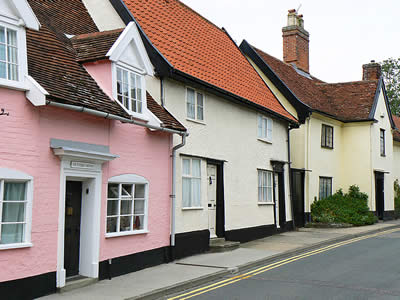
Cottages in the centre of Framlingham |
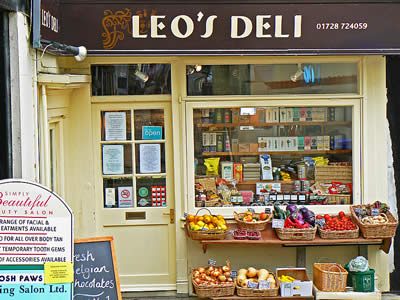
Leo's Deli in Framlingham |
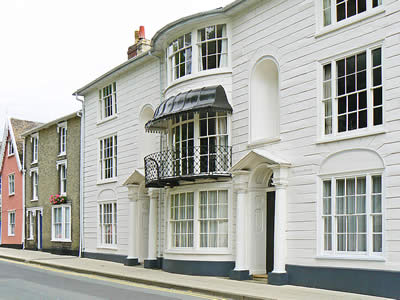
Regency House in Framlingham |
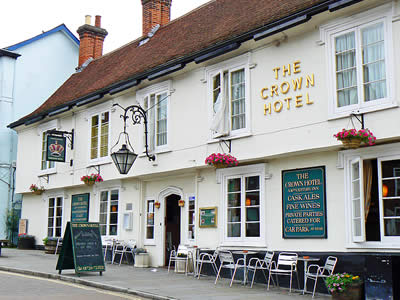
The Crown Hotel |
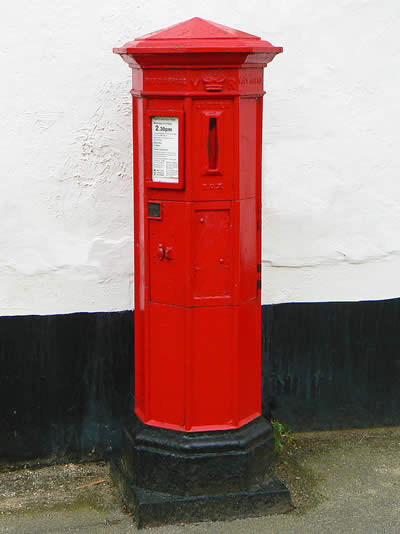
Victorian Postbox (depicted on the town sign) |
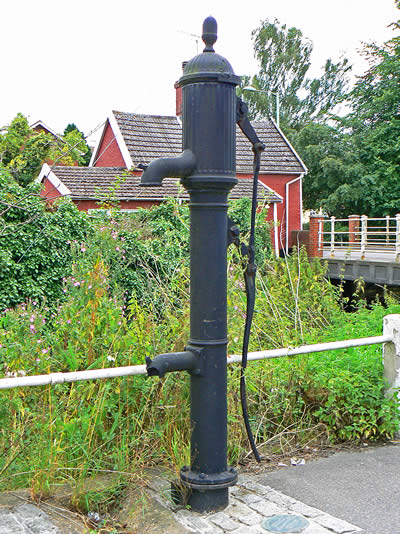
Victorian Waterpump (depicted on the town sign) |
The castle is undoubtedly the dominant building in Framlingham, but St. Michael's Church isn't far behind it in both age and size. Most of the building work was done in the 15th century, but various updates and additions have taken place since then. There are plenty of interesting little details, particularly the detailed tomb carvings. |
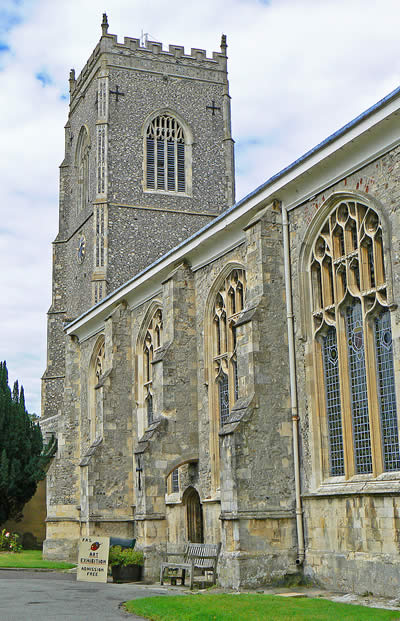
St Michael's Church Framlingham |
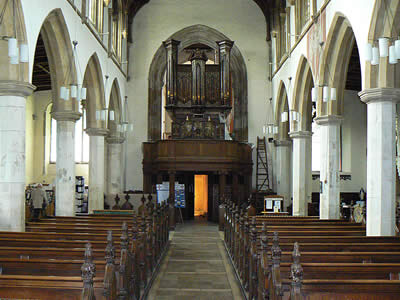
Inside Framlingham Church |
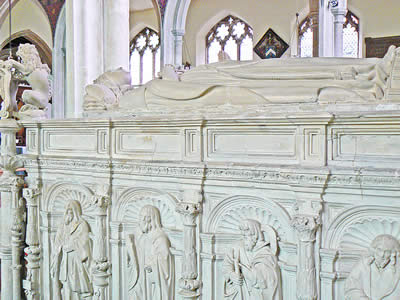
Carved Tomb inside the church |
|
|

